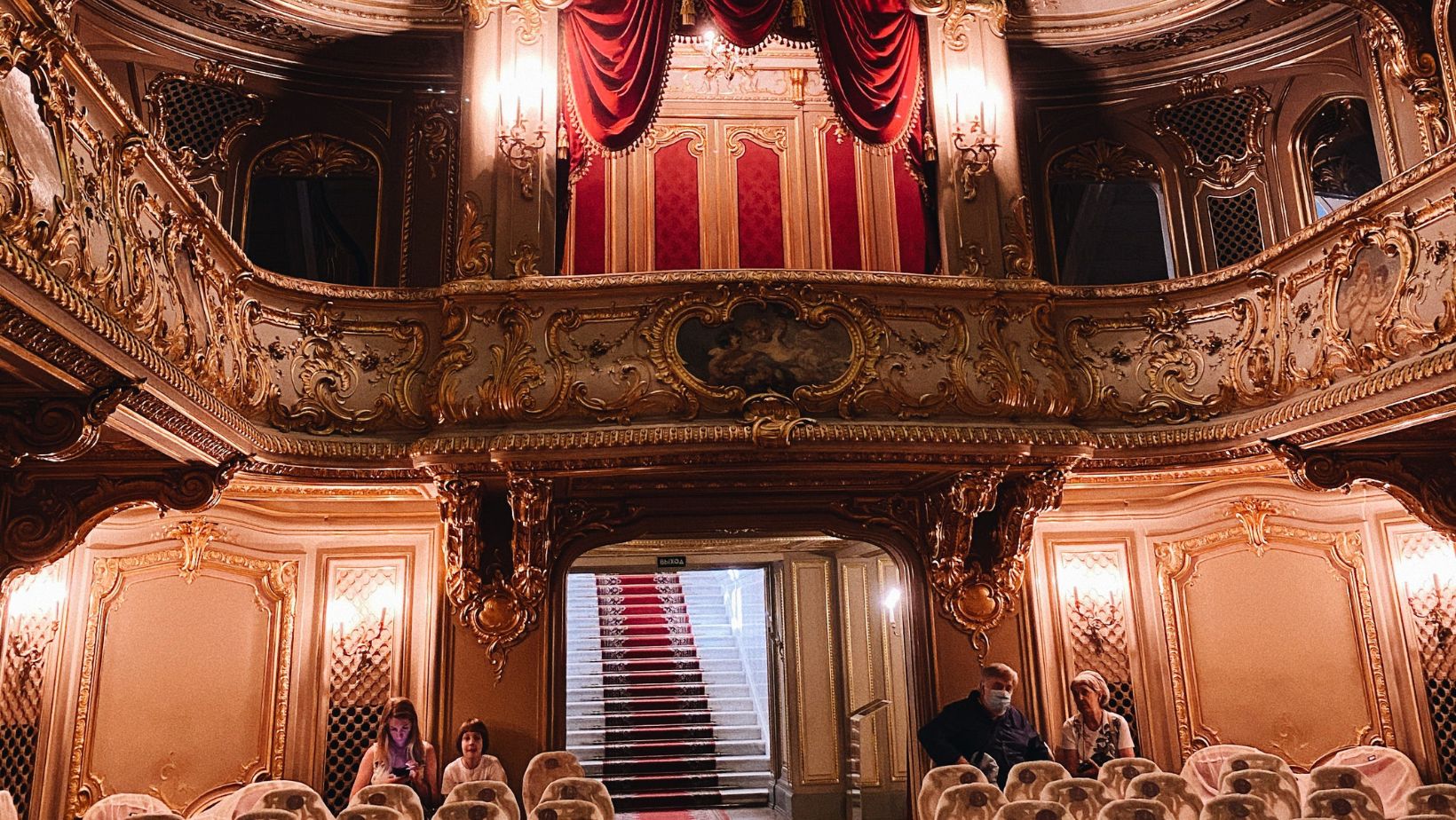In my years of exploring the fascinating world of opera, I’ve come across a particularly intriguing pattern. In Opera Buffa, the key of D Major often signifies peasants. This key, known for its pastoral and rustic qualities, has been used by composers to depict the simplicity and earthiness of peasant life.
Opera Buffa, a genre of comic opera originating from Italy, is renowned for its lively and humorous portrayal of characters. It’s here that the musical key becomes a powerful tool in the hands of the composer, helping to shape the audience’s perception of the characters on stage.
The use of D Major to represent peasants isn’t just a random choice. It’s deeply rooted in the historical and cultural context of the time. Composers utilized this key to evoke specific feelings and associations, painting a vivid picture of peasant life. This subtle yet effective technique is one of the many ways Opera Buffa captivates its audience, and why it continues to be a beloved genre in the opera world.
In Opera Buffa What Key Usually Signifies Peasants
As we venture deeper into our topic, In opera buffa, what key usually signifies peasants?, it’s crucial to understand the role of key signatures. They aren’t just chosen on a whim. Key signatures in opera buffa, much like in any other musical genre, have significant meaning and purpose.
To the untrained ear, key signatures might just seem like an arbitrary choice. Yet, expert composers understand the emotional and psychological effect different keys can have. In adhering to this practice, they’re able to subtly guide the listeners’ experience. The D Major key, often associated with pastoral qualities and earthiness, is frequently used.
But why exactly is D Major chosen to portray the simplicity of peasant life? As I previously mentioned, this key encapsulates the humble, simple, yet rich life of peasants. Simplicity here is by no means a negative connotation. As if echoing the tranquil rustling of leaves or murmuring brooks in a rustic landscape, D Major creates an auditory mirror of the peasantry.
Furthermore, the choice of D Major isn’t arbitrary. Its use is deeply rooted in the historical and cultural context of the time. When a composer decides to use the D Major key, they’re not just aiming for a certain sound. They’re going for effect, nudging the audience to feel and perceive the storyline in a particular way.
So the next time you hear D Major in Opera Buffa, remember, you’re not just listening to music. Instead, you’re experiencing a carefully crafted auditory representation of a lifestyle, tangled deep within the historical roots of the art. These aspects magnify the role of key signatures in our understanding of opera buffa.

Key Signatures and the Depiction of Different Social Classes in Opera Buffa
When you’re asking yourself, “In opera buffa, what key usually signifies peasants?” – well, D Major is usually your answer. But the usage of key signatures in opera buffa goes beyond just peasants.
Different key signatures are used to represent various social classes, summarizing the essence of their lives subtly. Composers skillfully manipulate these keys to induce specific emotional responses. This clever use of keys was no quasi science – it was a time-honored technique that composers employed with discretion.
Let’s take a deep dive here:
- A Major, often called the ‘Key of Love,’ represented nobility. It’s no accident that scenes involving nobility often played to the harmonious, gentle sound of A Major.
- C Minor was frequently used for tragic moments in opera buffa. Therefore, you were likely to hear this key played when the working class faced hardship or loss – a stark contrast to the themes typically associated with D Major.
- B Flat Major, with its bold, joyous tones, often stood for aristocracy and their grandeur.
In essence, opera buffa skillfully uses key signatures not only to depict the predicaments and lives of different social classes but also to shape the audience’s perception of them. While the use of D Major to represent peasants and the simplicity of their lives holds a prominent place, the other social classes aren’t left out. It’s this intricate weave of keys and their corresponding classes that makes opera buffa such a joy to study and listen to. Can’t you almost imagine the bustling streets of a lively market, the soft rustle of silk, or the tragic laments of a peasant, all conveyed through the magic of music?


